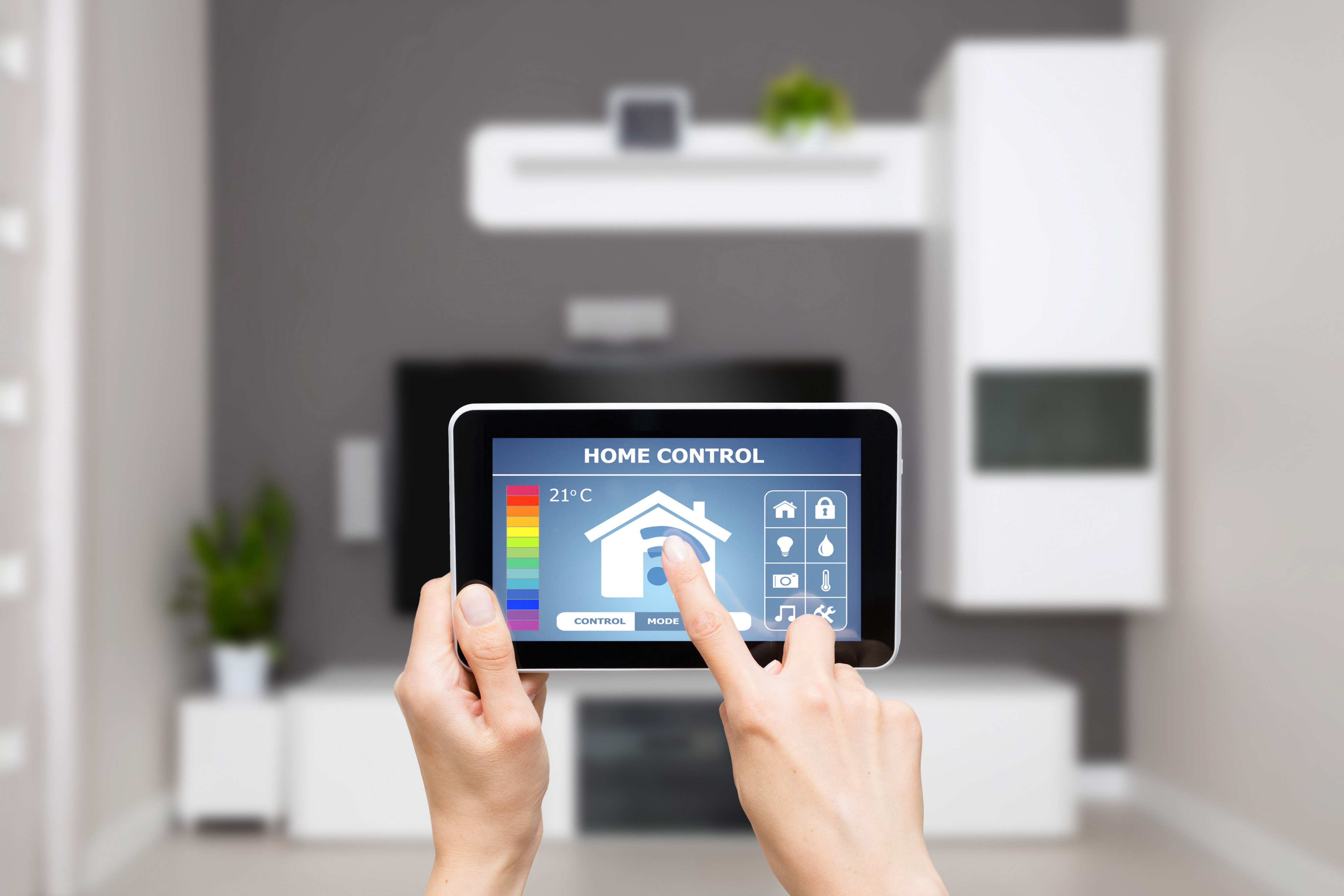The Internet of Things (IoT) has changed the way people and businesses operate. From smart home assistants and connected cars to industrial sensors and medical devices, IoT allows everyday objects to share data and make life easier. However, this growing network of connected devices also introduces a serious challenge — security.
Many people think of IoT as simple technology that “just works,” but few realize how easily these devices can become targets for cyberattacks. The truth is that as IoT continues to expand, securing these devices becomes one of the biggest priorities for both users and organizations.
The Hidden Risks Behind Connected Devices
Each IoT device — whether it’s a smart light bulb, a factory sensor, or a fitness tracker — is connected to the internet. That connection means every device could be a possible entry point for hackers.
In many cases, IoT devices are designed with convenience and cost-efficiency in mind, not with strong security. This results in several common weaknesses, such as:
- Weak or default passwords that are never changed after setup.
- Unencrypted communication, meaning that data is sent in plain text and can be intercepted.
- Outdated firmware that never gets security updates.
- Insecure networks, especially when devices connect through public or poorly protected Wi-Fi.
These issues might sound simple, but they can cause major consequences. Once hackers gain access to one vulnerable device, they can use it to attack the rest of the network or steal private information.
Why IoT Security Is Harder Than It Looks
Unlike computers or smartphones, most IoT devices are small, inexpensive, and built with limited computing power. They are not designed to run advanced security software like antivirus programs or firewalls.
Additionally, IoT devices are often made by different manufacturers that use different systems and standards. This lack of uniformity makes it difficult to apply one single security rule to every device.
For example, a company may use dozens of connected machines from various brands in a single factory. Each machine might need a different process for updates, passwords, and monitoring — making management complex and time-consuming.
Simple Steps to Strengthen IoT Security
Even though IoT security sounds complicated, there are practical steps that can greatly reduce risk. Here are some of the most effective ones:
1. Change default passwords – Always use strong, unique passwords for each device, and update them regularly.
2. Update firmware – Manufacturers often release security patches; installing them promptly can close known vulnerabilities.
3. Use a separate network for IoT devices – Keeping IoT devices on a different Wi-Fi network helps protect sensitive data from being exposed.
4. Disable unnecessary features – Turn off any functions you don’t use, such as remote access or automatic sharing.
5. Monitor connected devices – Regularly check which devices are connected to your network and remove those you no longer use.
These simple actions can prevent most common attacks and help maintain a safe digital environment.
Building a Culture of Security
Technology alone cannot fully solve IoT security problems — awareness and good habits are equally important. Businesses need to educate their employees about responsible device use and ensure that security becomes part of daily operations, not just an afterthought.
Meanwhile, manufacturers also have a role to play. They should design devices with stronger default protection, transparent update systems, and clear security instructions for users.
As the IoT ecosystem continues to grow, the relationship between convenience and security will remain a balancing act. Users want smart devices to make life easier, but that convenience must not come at the cost of privacy and safety.
The Bottom Line
The real challenge of IoT is not connecting devices — it’s keeping them secure. Every connected sensor, light bulb, or appliance can become a weak spot if left unprotected. But with the right mindset, regular updates, and basic security practices, individuals and businesses can enjoy the benefits of IoT without unnecessary risk.
IoT has great potential to improve daily life, but only if we remember that every “smart” device also needs to be a safe one.

